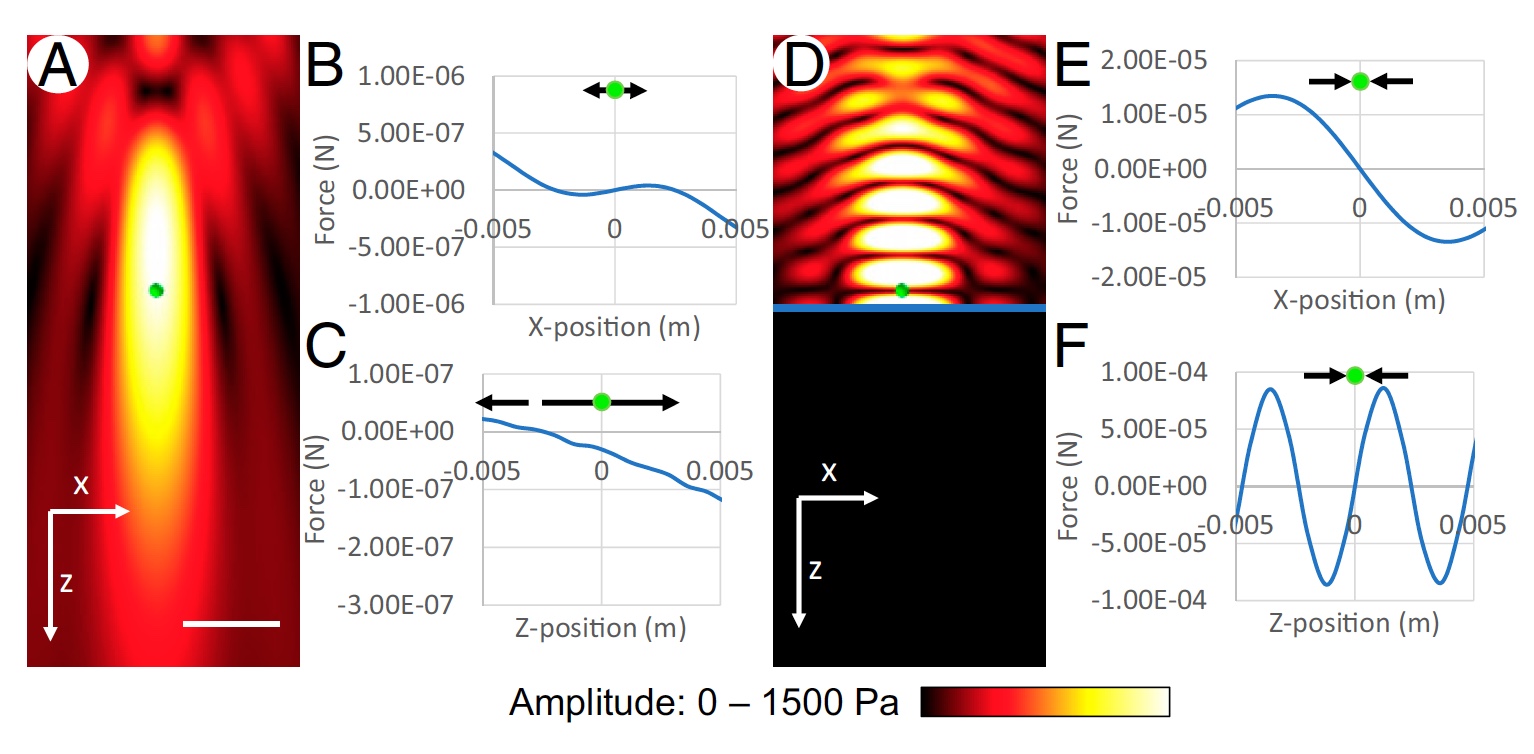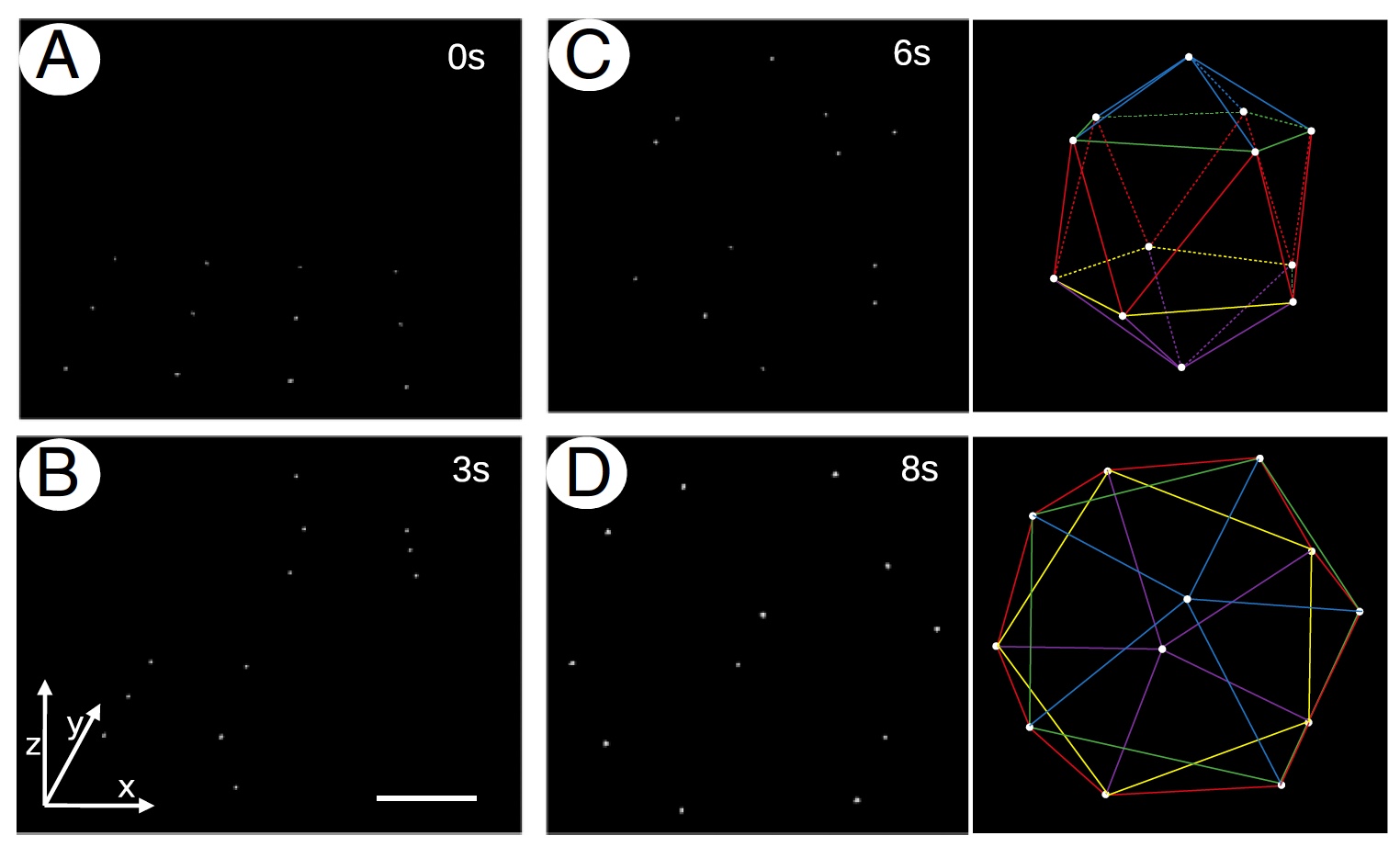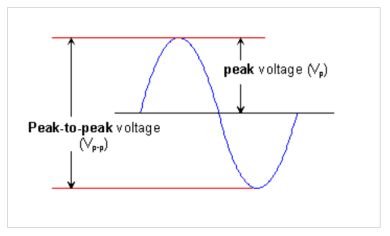Ballet in the air: controlled levitation of particles due to sound waves

“In space, no one will hear your cry” - this famous phrase from the equally famous film “Alien” (1979) literally tells us two things from the very beginning. Firstly, that this is a horror film, and secondly, that what many of us get used to literally from birth, namely sound, does not apply in a vacuum. Sound waves surround us always and everywhere, even though we do not see them. What if they could? More precisely, what if the sound could be used as a "telekinetic" force? I set up the device, chose the frequency and voila - the object moves as you like. Today, we will examine a study of a new technology called holographic acoustic tweezers, with which scientists forced particles to levitate according to the pattern indicated by them. How did scientists manage to make Copperfield from microparticles, how efficient is the technology, and what application do scientists see for it? These and other questions will be answered in the report of the research group. Go.
The basis of the study
')
Scientists compare their technology of holographic acoustic tweezers (hereinafter referred to as HAP) with its cousin GOP (entertaining abbreviation) - holographic optical tweezers. GOP began its successful journey back in 1986. Since then, this technology has been actively involved in medicine, in DNA research, and in the creation of three-dimensional projections. In essence, GOP allows you to manipulate individual particles by means of laser radiation. GAP does the same, but using sound waves (or, more precisely, ultrasound) instead of light.
Dimensions of objects that can be made to fly like bees under hypnosis range from 1 micron to 1 cm or more, which is quite impressive. At the moment, levitation of particles can be implemented in air and in water. However, scientists are talking about the possibility of implementing this technology to work inside biological objects, that is, inside the human body, for example. Researchers are working on the HAP not for the sake of idle curiosity, but in the hope of creating a new medical instrument.
It is worth noting that the HAP has an acoustic power per unit of incoming power five orders of magnitude higher than that of optical tweezers. Thus, HAP becomes an excellent option for working in devices at the cellular level.
The researchers note that previously it was already possible to position the particles in the desired position due to sound waves, but in groups. In this study, a technology was implemented that allows individual particles to be moved along an individual pattern (route). One was sent to the left, the other up, the third down, and so on. The maximum that was previously possible is to individually manipulate only two particles of water in a two-dimensional space by means of rings of emitters in a microfluidic chamber.
Here everything is implemented a little differently. The researchers used an ultrasonic phased array * , controlling its radiated field through an algorithm.
Ultrasonic phased array * - a device with which you can change the position of the focus or create several foci without moving the grid itself.The algorithm used in the GOP technology is not suitable for acoustic tweezers. In optics, it is enough just to focus on the particle to capture it. In acoustics, only particles whose acoustic impedance * is smaller than those of the environment can be captured. In other words, the particles must have a “negative contrast.”
Acoustic impedance * is the acoustic impedance of the medium, i.e. the ratio of the amplitude of the sound pressure to the oscillations of the space velocity.However, most particles, both in air and in water, will have a positive contrast. Accordingly, the capture of particles due to sound waves is possible only in certain parts of the standing wave (in nodes), in concentrated vortices * , etc.

The red dots mark the nodes of the standing wave.
Concentrated vortices * - vortex tubes of extremely low intensity with an infinitely small diameter, next to which the liquid begins to move relative to them in circles.Therefore, the researchers used an iterative back-propagation (IB) algorithm to calculate the emission phases for the elements of the lattice.
And as "test pilots" made polystyrene balls with a diameter of from 1 to 3 mm.
Demonstration of the installation with particles in the air (incredibly cool, as for me).
Research results
At the beginning of the first test, the particles were still located on the reflex surface. When the sound beam is focused on a particle located on such a surface, a local standing wave arises with the first node in the λ / 4 position above the surface (image No. 1). This is due to the interference between the incoming and reflected field. In this node, in all three dimensions, the forces necessary for the capture of a particle converge. For manipulations with several particles, it is simultaneously necessary to create several foci at once, which leads to the capture of particles in the nodes arising above refraction.

Image number 1
And here we need the above algorithm, which will mark the focus points of the position of the particles. And the emission phases, in turn, dynamically control the movement of the focus, as a result, and the movement of particles.
Using the IB algorithm, according to scientists, ensures that the pressure amplitudes at the focus are maximized and the deviation between different points is minimized. Thus, the minimum distance between particles was 1.3 cm (1.5λ), regardless of the number of particles to be manipulated.
Demonstration of the manipulation of 10 particles in the air at a height of λ / 4 above the reflector.
Reducing the distance between the particles leads to a fusion of focus, which makes it impossible to manipulate the particles individually.
The excitation signal level was 10 Vpp (volts peak-to-peak) * at 9.5 W of input power, which allowed us to simultaneously manipulate 12 particles individually. If the signal is increased to 16 Vpp, then the number of particles to be manipulated will be 25.
Vpp (volts peak-to-peak) * is the peak voltage of a signal, measured from the top of the wave to its bottom.
The study also showed that the increase in power does not affect the maximum number of possible manipulated particles. So when trying to capture 28 particles, unwanted artifacts began to emerge, the strength of which was equal to the strength of the capture points.

Demonstration of the manipulation of 25 particles.
The HAP was also able to be used to generate single-vortex rays to capture and transfer the orbital impulse moments.

Three independent vortex particles.
The system allows generating several whirlwinds with independent chirality at once using the IB algorithm.
This video shows three separate eddies on the water surface, the chirality of which was changed by scientists in real time.
The distance between the vortices was deliberately large in order to better consider the process. However, the minimum distance that scientists could get was 1.4 cm (1.6λ), and the maximum number of simultaneous vortices was 5.
Also, scientists tested the theory of acoustic double traps, recreating those in their system (video below). It was also possible to combine the force of a double trap and a whirlwind, but this method did not allow the particle to levitate for a long time, since such a joint force is 30 times weaker than lateral forces.
Double traps + whirlwinds.
The video also shows that the orientation of all four particles is different, and it can be changed by rotating the double traps. This system configuration made it possible to simultaneously implement 7 double traps, the minimum distance between which was approximately 1.4λ.
It remains to check the three-dimensional manipulation. For this, scientists used a double-sided grid of two oppositely directed grids (16x16 emitters) separated by a space of 23 cm (26.7λ), which makes it possible to obtain several standing waves with nodes located in the desired positions.

Three-dimensional manipulation of 12 particles.
Using holographic optical tweezers, it is possible to achieve three-dimensional manipulation of 27 particles at once. In the case of HAP, this number is less (12 particles), due to the dimensions of the installation (16x16), spatial sampling and pressure levels. However, scientists managed to achieve partial control of 25 particles. Some of them "slipped" out of the grip, as its force increased in order to increase the resistance of the oscillations of particles in the air.
For more detailed acquaintance with the study (calculations, the work of the algorithm, methods) I advise you to look into the report of scientists and additional materials to it.
Epilogue
The sound is not as simple as it seems at first glance (a strange phrase came out). A lot of attention in the scientific community is given to optics and the study of its components, the identification of new methods of application and the implementation of certain optical aspects. However, in acoustics there are many interesting things that can not only surprise, but also be incredibly useful.
Scientists themselves in their study say that their work is aimed at implementation in medicine. Creating a technology capable of directing a particle (for example, a medicine) to a necessary part of the human body without invasive intervention is the main task of this research. Not to mention the fact that the particles themselves can be incredibly small in size, which opens up new possibilities not only in the treatment, but also in the study of complex biological systems.
New installation has already shown good results. Of course, there is still much to be done to tweak, correct and improve, but the first steps have already been taken. Such works deserve special attention not only because of their coolness and improbability of realization, but also the goals pursued by scientists. When these goals are related to human well-being, the study and those who conduct it deserve double respect.
Epilogue 2.0
My dear readers, today we see (or rather we read) the final time this year. Many were incredible, amazing, and sometimes just fun research, discoveries, works and theories. I am sure that next year will give us even more scientific research. And this is good. Science develops, and we develop with it.
No matter how you celebrate the arrival of the new year (or maybe nothing at all), do not forget about your loved ones, take care of them, love and be loved, remain curious, value every moment, do not waste time on negative emotions (nerve cells recover very slowly) and be happy See you next year guys.
And do not think that I forgot about Friday, and now also the New Year, offtop:
Although this is an advertisement, the video itself is incredibly beautiful and very touching. And the motto is correct - “Get more giving.”
Although this is an advertisement, the video itself is incredibly beautiful and very touching. And the motto is correct - “Get more giving.”
Thank you for staying with us. Do you like our articles? Want to see more interesting materials? Support us by placing an order or recommending to friends, 30% discount for Habr users on a unique analogue of the entry-level servers that we invented for you: The whole truth about VPS (KVM) E5-2650 v4 (6 Cores) 10GB DDR4 240GB SSD 1Gbps from $ 20 or how to share the server? (Options are available with RAID1 and RAID10, up to 24 cores and up to 40GB DDR4).
VPS (KVM) E5-2650 v4 (6 Cores) 10GB DDR4 240GB SSD 1Gbps until January 1 for free if you pay for a period of six months, you can order here .
Dell R730xd 2 times cheaper? Only we have 2 x Intel Dodeca-Core Xeon E5-2650v4 128GB DDR4 6x480GB SSD 1Gbps 100 TV from $ 249 in the Netherlands and the USA! Read about How to build an infrastructure building. class c using servers Dell R730xd E5-2650 v4 worth 9000 euros for a penny?
Source: https://habr.com/ru/post/434326/
All Articles
